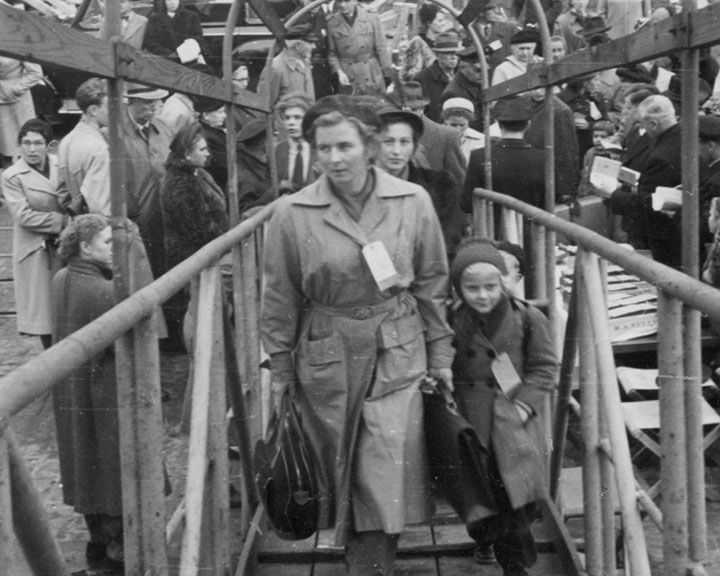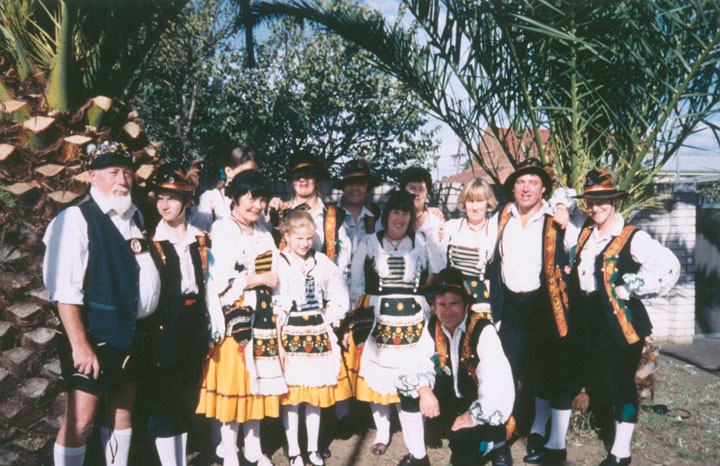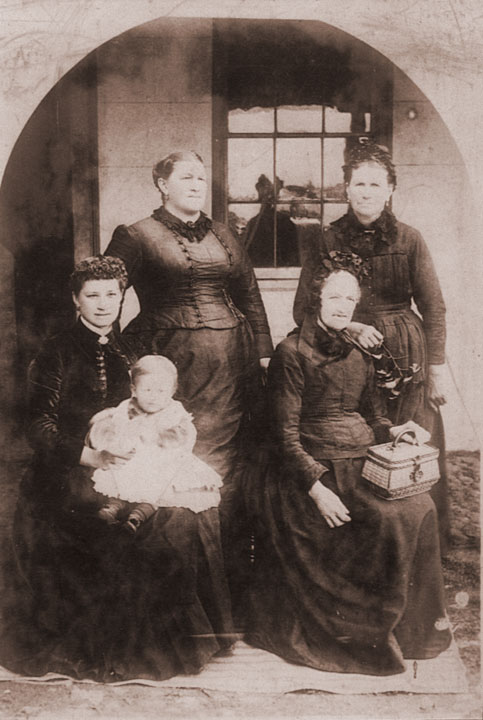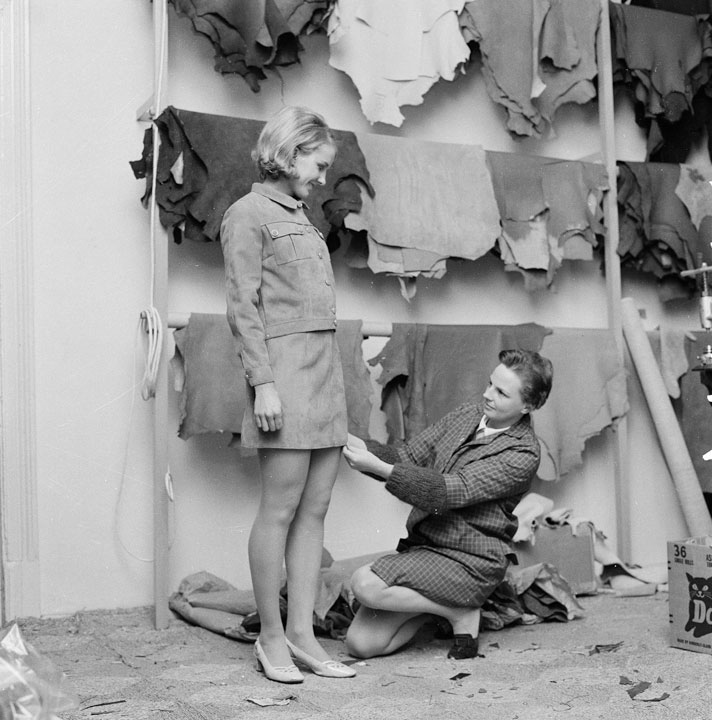Immigration History from Germany (German) to Victoria
Aufgrund einer britischen Initiative siedelten sich 1849 erstmals deutsche Winzer in Viktoria an. Die Einwanderer gründeten nördlich von Melbourne eine Siedlung, die heute als der Vorort „Thomastown“ bekannt ist.
Hunderte mehr kamen, um nach Gold zu suchen. In kürzester Zeit machten sie nach den Briten die zweitgrößte Bevoelkerungsgruppe aus; 10 000 Deutsche lebten im Jahr 1861 in Viktoria. Schon 1864 gab es in den Städten der viktorianischen Goldfelder circa 13 deutsche Gemeinschaften.
Gleichzeitig zogen deutsche Lutheraner, die sich ursprünglich in Südaustralien niedergelassen hatten, nach Viktoria, um in der Landwirtschaft zu arbeiten. Andere Einwanderer waren Künstler und Wissenschaftler, wie zum Beispiel Ferdinand von Müller, der später ein angesehener Direktor des Botanischen Gartens in Melbourne wurde.
Auf Grund der schlechter werdenden Wirtschaft und politischer Unruhen in Europa in den 1870er Jahren nahm die Anzahl der deutschen Einwanderer stetig zu. Deutschlands lebhafte Beteiligung bei Weltausstellungen in Melbourne brachte die beiden Länder näher zusammen, und die Einwanderung aus Deutschland hielt bis ins 20. Jahrhundert an.
Wegen der wachsenden Abneigung gegen Deutschland während dem Ersten und Zweiten Weltkrieg wurde den Deutschen in dieser Zeit die Einwanderung verboten, und viele, die sich schon im Land befanden, wurden als „Feinde“ inhaftiert.
Nach Ende des Zweiten Weltkriegs emigrierten viele Deutsche, unter Ihnen Vertriebene, nach Australien. 22% der Einwanderer waren evangelisch und beinahe 10% juedisch. Von Kriegsende bis 1961 verfünffachte sich die Zahl der Deutschen in Viktoria auf 39,291.
Deutsche Technologie, Produkte und Handel spielten in Viktoria in kurzer Zeit eine wichtige Rolle. Die Deutsche Industrie und Handelskammer wurde 1978 in Melbourne gegründet.
Die Deutschen bilden heute eine der größten Bevoelkerungsgruppen in Viktoria; 28,021 deutsch-stämmige wurden bei der Volkszaehlung 2011 gezählt. Fast die Hälfte aller Berufstätigen sind ausgebildet; und 38% spricht zuhause Deutsch.
Einrichtungen wie das Goethe Institut und die Gesellschaft Deutscher Lehrer in Viktoria helfen der Erhaltung der deutsche Kultur und des deutsche Erbes.




